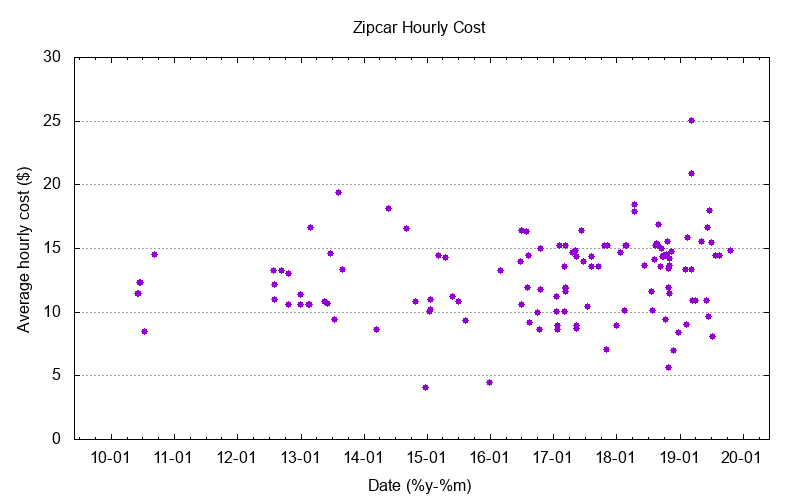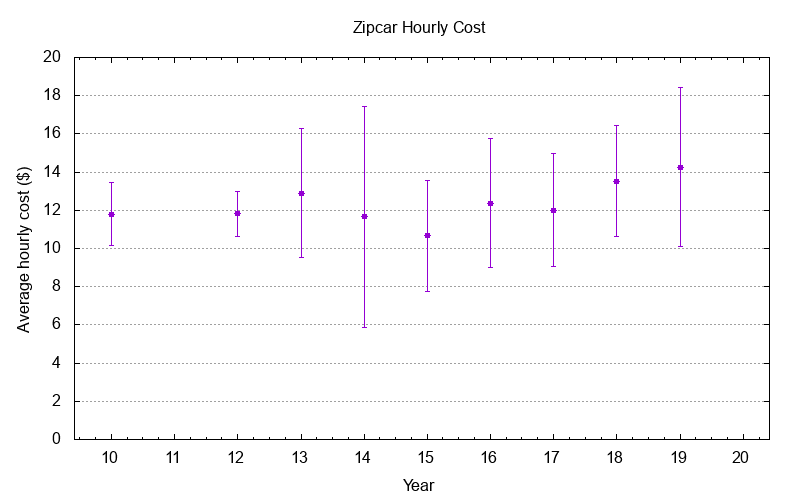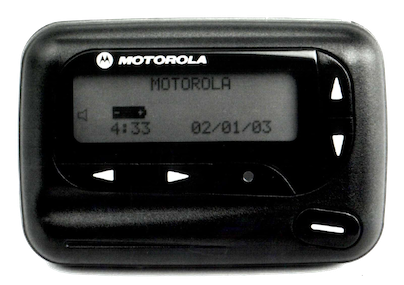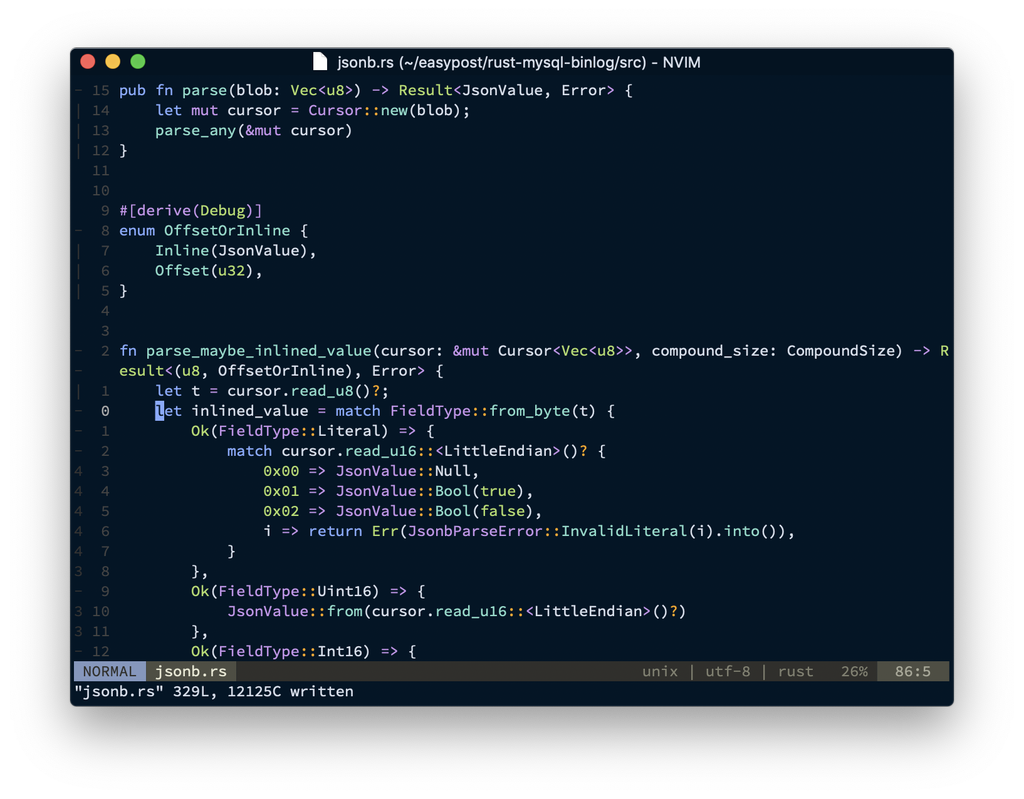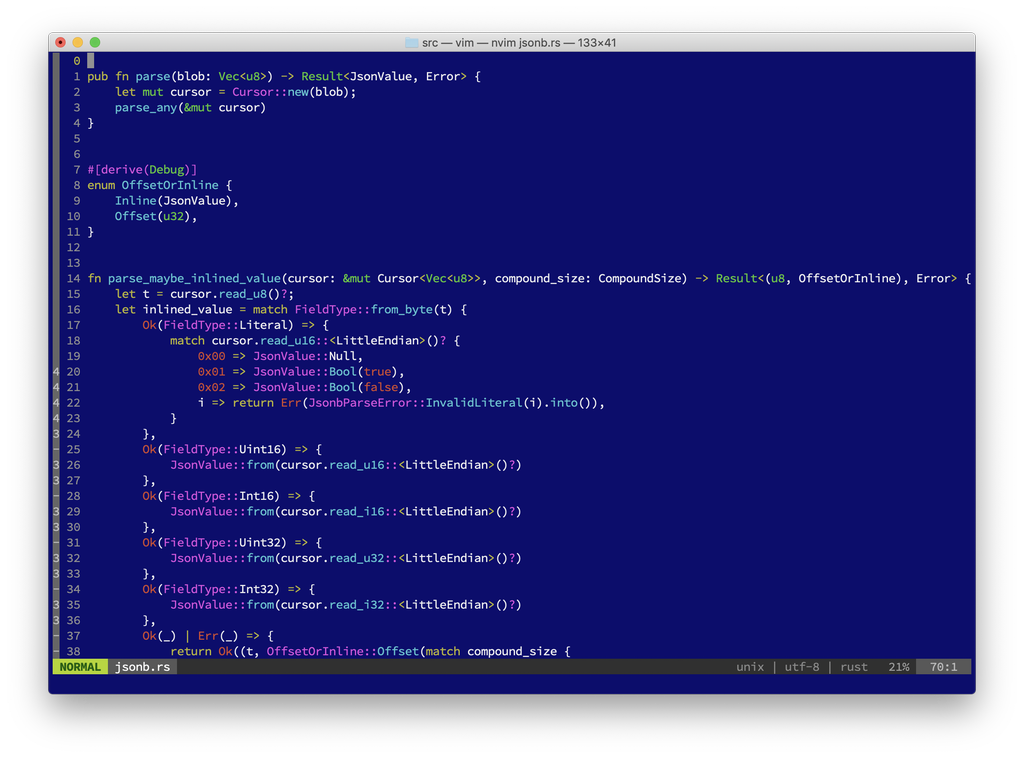On the Decline of Zipcar

I haven't owned a car in twelve years. Since I moved to San Francisco, I've exclusively relied on public transit, taxis/Uber, and the occasional rental car to get me where I'm going when I need to go somewhere. In general, this has worked well for me — I can get where I need to go, and most of the time I'm not emitting 300g of CO2 per person-mile the way an individual car does. On the rare occasions that I need to drive somewhere by myself (often to the vet, since rabbits really aren't good at public transit), my go-to choice has been Zipcar, an hourly car-rental startup1. This post is a rant about how terrible Zipcar has gotten over the last 9 years, backed up by the raw data of my actual 141 Zipcar trips2.
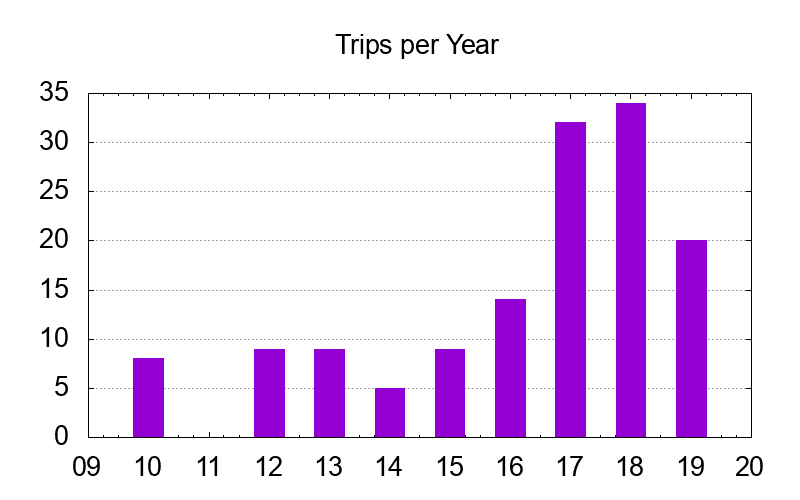
Price
Over the last year or so, Zipcar has been aggressively increasing prices. Individual vehicles that were once $8/hour are now $14/hour, and new cars being added are almost exclusively larger, more expensive cars (for example, the location near me now exclusively has a Honda HR-V). The overall data is noisy, but I never took a trip above $15/hour before 2013 (when the Budget acquisition of Zipcar was completed), and I have barely taken any trips under $15/hour in 2019.
Quality
As far as I can tell, Zipcar no longer maintains their cars with nearly the frequency or attention to detail that they used to. The Honda HR-V ("Hobart") that I've taken a few times from the location near me has the Check Engine light on, and has had it on for more than 500 odometer miles. I report this to Zipcar every time I drive, to no avail. The car that was there previously (a Subaru Crosstrek named "Liberty") had a malfunction in the cruise control that made it blare an annoying noise and pop up a big red modal dialog saying "adaptive cruise control unavailable" every time you powered on the car for the entire months of June and July.
Every time I get into a Zipcar, the gas tank is nearly empty. This despite the fact that the nearby Zipcars live at a gas station.
Even the paint jobs suffer — once upon a time, if I saw any scuff or scratch on a Zipcar, I would report it at pick-up time and it would be fixed by the next time I took a ride. Now, I find it hard to get motivated to report anything because the cars constantly look beat-up.
Convenience
Living in San Francisco, every year was an exercise in guessing which location Zipcar would stop providing cars at. I lived in "lower Nob Hill" (the Tendernob), which is the densest part of San Francisco (the six block census tract containing our apartment building has 2,839 residents3), and frequently there were zero Zipcars available in a one-mile radius. Sutter-Stockton garage went from six cars, to four, to two.
Now that I live in Berkeley, the situation is much the same. There's one Zipcar location within a mile (at a nearby Chevron), and it's dropped from three cars to one. I anticipate that the location will close soon and then my closest option will be to hike to the other side of Ashby BART, to an absolutely charming location in the middle of a homeless encampment.
Alternatives?
Getaround is the biggest alternative to Zipcar. It's a sketchy "disruptive" startup where individuals rent out their private cars (and are responsible for all the maintenance themselves). It's much less convenient (since the cars are in peoples' driveways in residential neighborhoods, usually in poor repair), and the insurance coverage is... questionable. CityCarShare is gone, absorbed by Getaround. Traditional rental companies (Budget/Avis, Hertz/Dollar/Thrifty, etc) don't offer hourly rentals around here and nobody wants to kill that many trees every time they drive somewhere.
Maybe we'll have to buy a car.
Well, it was a startup. Now it's owned by Budget.
Zipcar has an API, but it's behind an annoying signup process, so I just scraped the website. Aside from the 6 (six!) different kinds of authentication cookies you need to provide, it's not too hard, although it's kind of janky; for example, it returns no trips for 2011, despite the fact that I have email receipts for such trips.
